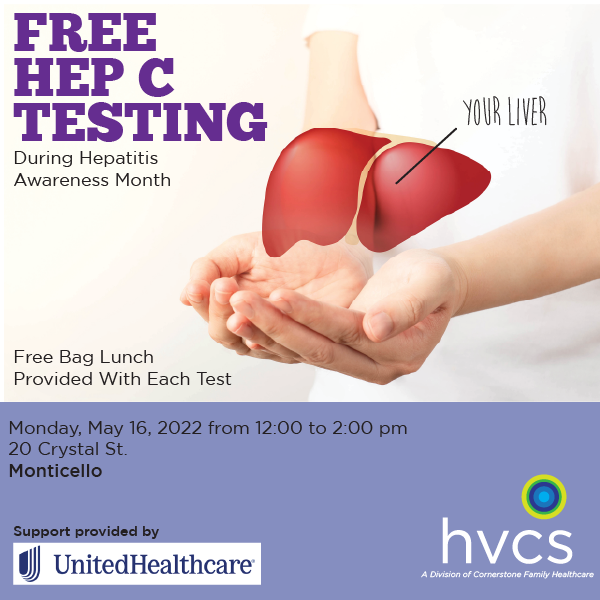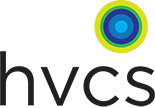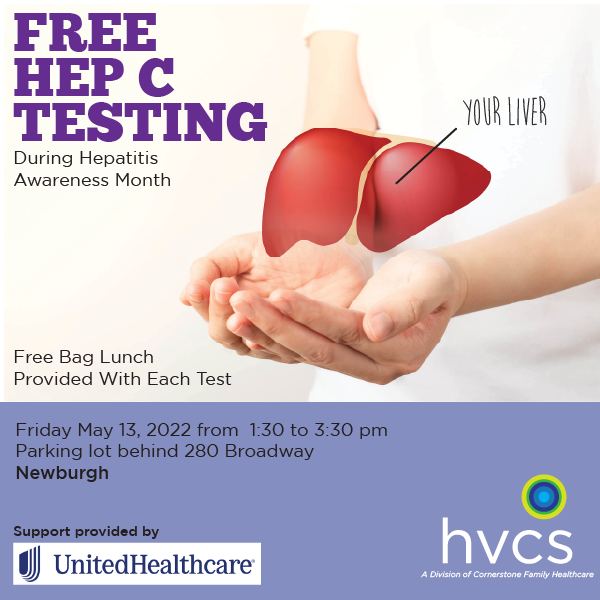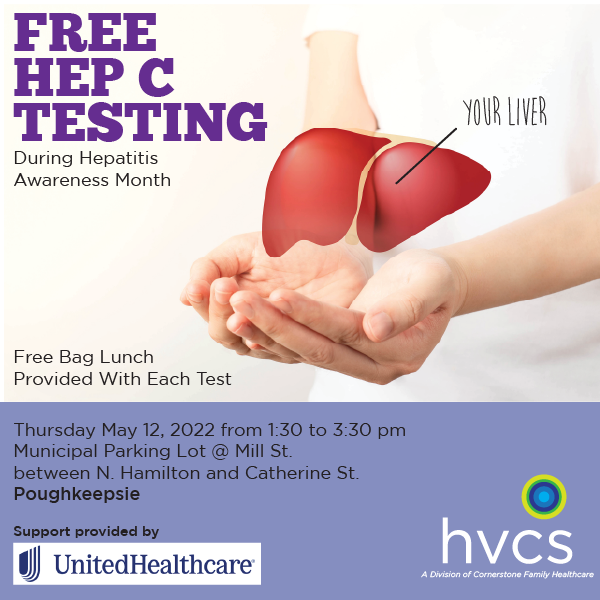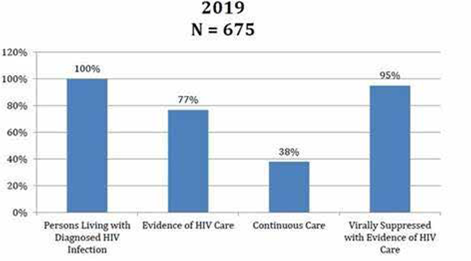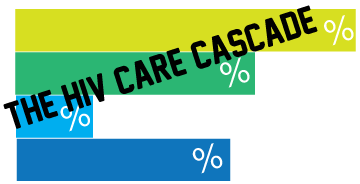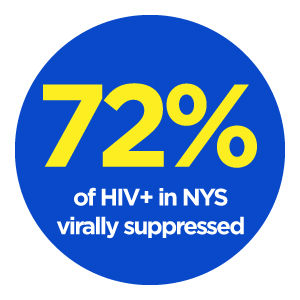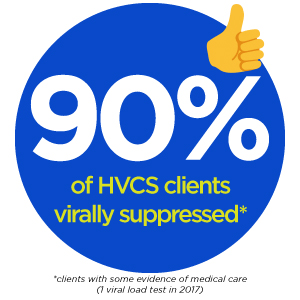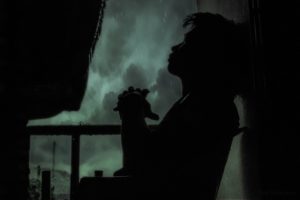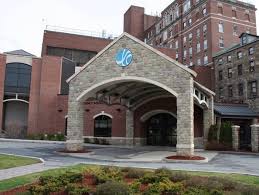This opinion was published by the American College of Emergency Physicians (ACEP) on January 14, 2021. HVCS concurs and seconds this congratulatory statement.
Washington, D.C.—The American College of Emergency Physicians (ACEP) applauds the U.S. Department of Health and Human Services’ (HHS) decision to effectively remove the “X-waiver” requirement for physicians, expanding their ability to utilize medication-assisted treatment (MAT) for patients struggling with opioid use disorder (OUD).
“As emergency physicians, we see every day the devastating effects that the opioid crisis has had on the communities we serve—a crisis that has unfortunately only worsened during the COVID-19 pandemic,” said Mark Rosenberg, DO, MBA, FACEP, president of ACEP. “Buprenorphine is the most important medication in our arsenal for treating opioid use disorder, which is currently one of the most lethal diseases for Americans.”
In the decision announced on January 14, HHS issued an exemption to the X-waiver requirement for physicians registered with the Drug Enforcement Administration (DEA) who wish to prescribe buprenorphine and other MAT. While the new guidelines pertain to physicians who treat no more than 30 patients with buprenorphine for opioid use disorder at any one time, ACEP appreciates that the Department recognized the unique nature of emergency medicine and decided not to apply this limitation to hospital-based physicians, including emergency physicians.
The X-waiver presents a major obstacle to “legitimate” patient access to buprenorphine and other MAT. Before today’s announcement, physicians wishing to prescribe buprenorphine outside of opioid treatment programs had to take an eight-hour course and often waited 60 to 90 days to receive the waiver once the course is completed and the license application is submitted. The presence of this X-waiver requirement has also led to misperception about MAT and has increased negative pre-conceived notions about OUD and the treatment of this disease. As a result, some clinicians are hesitant to pursue this DEA license or even engage in treatment of patients with OUD.
Removing the X-waiver and reducing stigma to treating OUD in the emergency department has been a major priority for ACEP. In January 2020, the College hosted the Summit Addressing the Opioid Stigma in the Emergency Department—an event funded by the federal Substance Abuse and Mental Health Services Administration as part of its Opioid Response Network in which stakeholders identified strategies and behaviors to reduce practices that perpetuate stigma in the emergency department. ACEP also sent a letter to HHS to illustrate the challenges of the X-waiver and supported H.R. 2482, the “Mainstreaming Addiction Treatment Act of 2019,” which would eliminate the waiver requirement.
Added Dr. Rosenberg, “This is a great day for our patients. The X-waiver was an outdated and cumbersome barrier to treatment, and it exacerbated stigma for those struggling with opioid use disorder. Now, more than ever, we need compassion and action in treating patients with addiction.”
